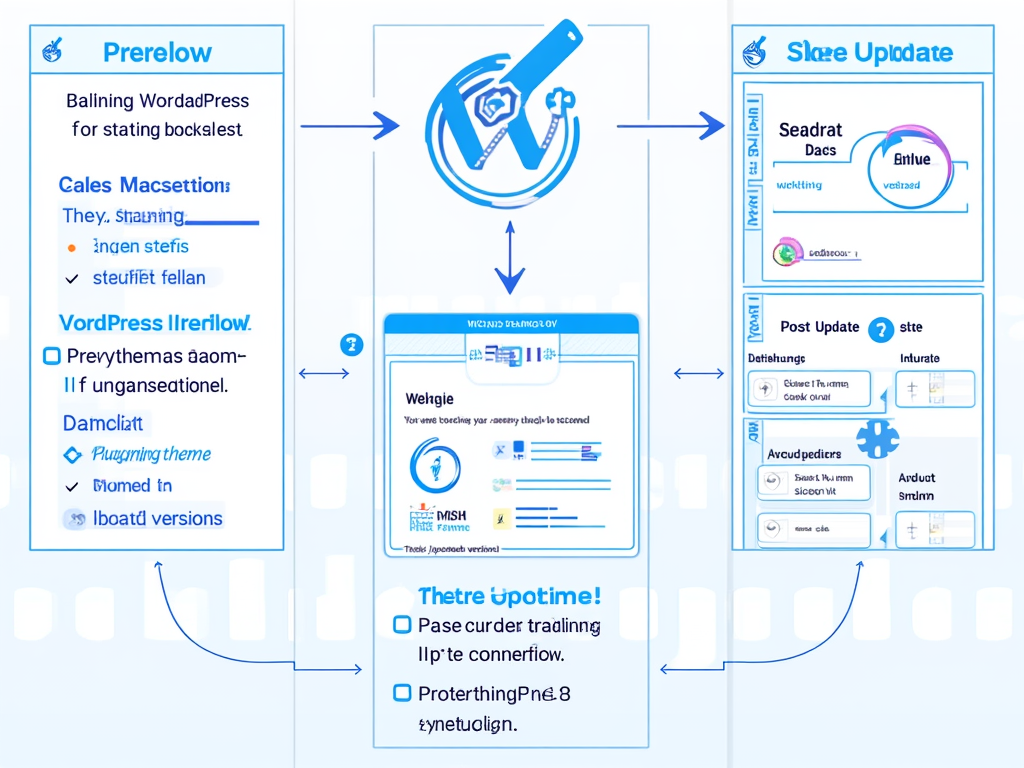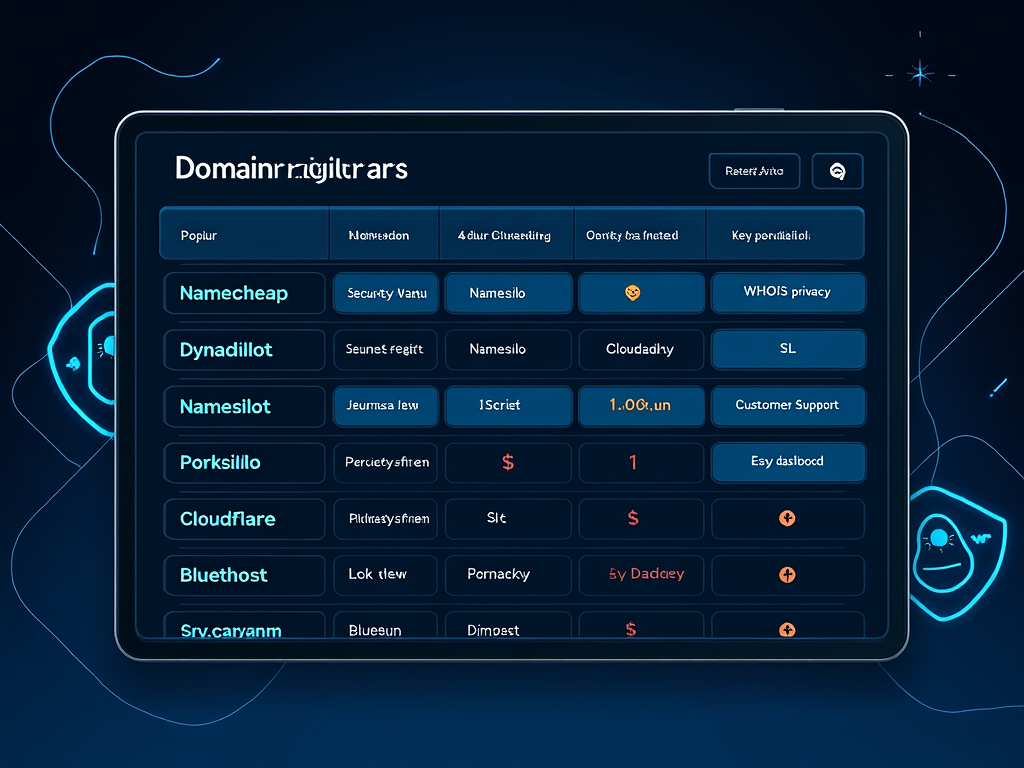<h1>How to prevent DDoS attacks with secure hosting</h1>
## Introduction
In the ever-evolving landscape of cyber threats, Distributed Denial of Service (DDoS) attacks pose an ominous challenge. These attacks can bring websites to their knees, flooding servers with malicious inquiries, exhausting bandwidth, and effectively cutting off access to legitimate users. The stakes are high—one successful attack can mean lost revenue, damaged reputation, and an unending headache. Fortunately, opting for **secure hosting** accompanied by robust DDoS protection stands as an essential strategy in the fight against these disruptive forces.
## Understanding and Reducing the Attack Surface
Imagine your website as a fortress: every open gate and window is a potential entry point for attackers. Therefore, **reducing the attack surface** is paramount. This begins with understanding exactly what needs to be protected and categorically eliminating unnecessary exposure to the internet. By locking down your critical services and applications, you significantly limit pathways that attackers can exploit.
Start by deploying a **Content Distribution Network (CDN)**. Picture a net, intricately woven to catch unwanted traffic before it even reaches your primary servers. Not only does a CDN absorb and redistribute traffic efficiently, it shields your main application from direct exposure to threats.
To further fortify your defenses:
- Introduce **load balancers** as protective walls; they prevent any single server from becoming overwhelmed.
- Utilize **Access Control Lists (ACLs)** to ensure that only trusted IPs can pass through your gates.
- Maintain a barrier around sensitive elements, isolating your database from public access—like keeping your treasure safely locked away while casually allowing guests into the ballroom.
For example, leading cloud service providers like Amazon Web Services (AWS) stress the importance of controlled traffic flow, utilizing CDNs and firewalls as key players in reducing vulnerability.
## Planning for Scale and Capacity to Absorb Attacks
When it comes to DDoS attacks, attackers are often aiming to overwhelm servers with sheer volume. Hence, the principle of **scale** becomes critical. Your secure hosting solution should effortlessly handle spikes in traffic volume. Think of it like a road during rush hour—wider lanes and additional routes can help alleviate gridlock.
Implementing **high bandwidth capacity** with diverse connections allows your system to withstand large waves of incoming traffic. Alongside this, adopting an **auto-scalable environment** means your servers automatically ramp up resources during an influx, ensuring smooth service delivery even under pressure.
Further enhance your defensive strategy with:
- **Load balancers** that allocate traffic evenly to ensure none of your servers buckle under undue strain.
- **Multi-CDN architectures**, spreading traffic globally to mitigate risks—much like a relay race team, where multiple runners are prepared to take the baton as needed. This reduces the impact on any single data center while also enhancing latency for users everywhere.
Increasing bandwidth alone won't guarantee safety, but when coupled with a multi-CDN approach, you create a formidable barrier against incoming threats.
## Deploying Advanced Traffic Management and Filtering
In the modern digital battleground, **advanced traffic filtering and behavioral analysis** are akin to a vigilant guard watching for suspicious activity. It’s not enough to simply block; you must also intelligently identify what constitutes a threat.
Consider:
- **Rate limiting** to control how many requests a single user can make in a given timeframe. This is like capping the number of guests allowed into an exclusive party—keeping it manageable.
- **Real-time traffic analysis** distinguishes legitimate interactions from malicious ones, identifying patterns and anomalies before they grow into significant problems.
- Implement **automatic threat detection**, which effectively acts like a security system that self-activates upon detecting danger, neutralizing threats before users even realize there’s a problem.
For instance, employing dedicated Layer 7 DDoS protection services can seamlessly integrate with your existing infrastructure, reacting dynamically without disrupting normal user experience.
## Specialized Protection Strategies for Hosting Providers
The stakes are uniquely high for hosting providers, where an attack on one client could ripple through affecting others. Therefore, they must employ specialized strategies. Consider **BGP blackholing**, a technique that temporarily redirects malicious traffic away from your network, much like a highway patrol officer redirecting congestion to alleviate bottlenecks.
Deploying tools such as FastNetMon enables early detection of potential attacks, granting hosting providers the ability to respond swiftly and protect all clients efficiently. It’s the ultimate teamwork on a digital battlefield, ensuring that everyone stays safe even when focus points shift.
## Best Practices and Continuous Monitoring
Maximizing protection against DDoS attacks involves more than just initial deployment—it calls for a commitment to ongoing vigilance. Establish a **Denial of Service Response Plan**, constantly updated as your user patterns evolve. It’s about knowing the normal and being prepared for the abnormal.
Some foundational best practices include:
- Keeping software updated and access tightly controlled to prevent exploitation.
- Considering a move to cloud hosting platforms that naturally scale resources and provide a distributed architecture.
- Engaging DDoS protection services that constantly monitor for attacks, ensuring your site remains functional around the clock.
Leverage **custom alert systems and real-time monitoring**, allowing you to detect unusual traffic patterns swiftly. This proactive approach to security is not just a safety net; it’s a launchpad for a resilient online presence, ready to rise to any challenge.
---
BEST OFFERS:
Do you want to create your own company website or create your own online business on the Internet?
– WEB HOSTING
– DOMAIN REGISTRATION
– WEB DEVELOPMENT
– SITE BUILDER



“`html
Wrapping Up Your DDoS Protection Strategy
Having established your hosting environment's resilience against DDoS threats, the next critical step is maintaining that fortified stance through continuous improvements and adaptations. The digital landscape is not static; neither can your security measures afford to be.
Regularly Assessing Your Security Posture
Conduct periodic reviews and assessments of your DDoS protection measures. Consider employing penetration testing to simulate attack scenarios and gauze the effectiveness of your defenses. Understand that vulnerabilities can evolve; thus, staying one step ahead of potential threats requires vigilance.
- Utilize tools like Wireshark or Nagios for network monitoring and traffic analysis.
- Engage with third-party security firms who specialize in DDoS mitigation for an external audit of your defenses.
Staying informed about emerging trends and attack vectors is also vital. Subscribe to cybersecurity newsletters or engage in community forums, fostering connections with like-minded professionals, sharing insights, and discussing the latest in threat intelligence.
Investing in Staff Training
In a world where human error often compromises security, investing in training is crucial. Equip your team with the knowledge they need to react swiftly and effectively during an attack. Regular workshops or simulated attack drills can improve response times and ensure everyone knows their role during a crisis.
Make it a habit to create a Culture of Security Awareness within your organization. This means incorporating cybersecurity protocols into your daily operations—the more each member understands the importance of security, the stronger your defenses will be.
Collaborating with Your Hosting Provider
Your hosting provider is an essential ally in the battle against DDoS attacks. Regular communication and collaboration are critical. Ensure they have a robust plan in place for all clients and that your needs are understood. Discuss updates and improvements to their services that could enhance your protection.
Consider discussing configuration changes, patch management procedures, or the introduction of new protective technologies. Your provider's proactive stance can significantly bolster your site’s defense.
Leveraging Analytics for Smarter Decisions
Invest in analytics tools designed for traffic monitoring. By harnessing data from user behaviors, you can identify deviations that hint at potential attacks. This predictive capability is instrumental in preemptively adjusting your traffic management strategies.
Utilizing machine learning analytics can further enhance your defenses, allowing your system to learn from past incidents and improve responses over time. It’s about translating data into action, ensuring continuous adjustment to attack vectors.
Exploring Cutting-Edge Technology
As technology advances, so should your approach to combat DDoS attacks. Explore the potential of AI and machine learning tools that can autonomously adjust your defense strategies in real-time. These innovations keep your infrastructure resilient under threat without requiring constant human oversight.
Consider technologies such as Web Application Firewalls (WAFs) or bot management solutions that utilize AI to learn behaviors and block malicious traffic efficiently.
Engaging the Cybersecurity Community
DDoS attacks are a shared concern among webmasters, developers, and network admins. Engaging with the cybersecurity community not only keeps you informed but fosters collaborative spirit where information is shared freely.
Participate in forums, webinars, or conferences focusing on cybersecurity. Numerous online platforms are dedicated to these discussions, where various experts share case studies and best practices, providing unique insights into perceptions and developments in DDoS prevention.
Your Resources for a Secure Future
Consider rounding out your defense strategies with additional resources. Below are some valuable links to platforms and videos that can help enhance your understanding of DDoS attack prevention and secure hosting strategies:
- DDoS Attack Prevention Strategies – YouTube Video
- How to Choose a DDoS Protection Provider – YouTube Video
Building a robust security framework around your hosting environment against DDoS attacks requires commitment, foresight, and a collective effort from all involved. While the landscape of cybersecurity is continually shifting, applying effective hosting strategies today will ensure your site remains resilient in the face of future threats.
References
- Amazon Web Services
- DataDome
- GoDaddy
- FastNetMon
- Cloudflare
- Nagios
- Wireshark
“`
FINDDOMAIN.GE (Internet services LLC) is a very interesting and rapidly developing IT company. The main directions are: web development, domain and web hosting. It also offers clients sub-services and outsourcing related to the main services.
BEST OFFERS:
Do you want to create your own company website or create your own online business on the Internet?
– WEB HOSTING
– DOMAIN REGISTRATION
– WEB DEVELOPMENT
– SITE BUILDER








Leave feedback about this